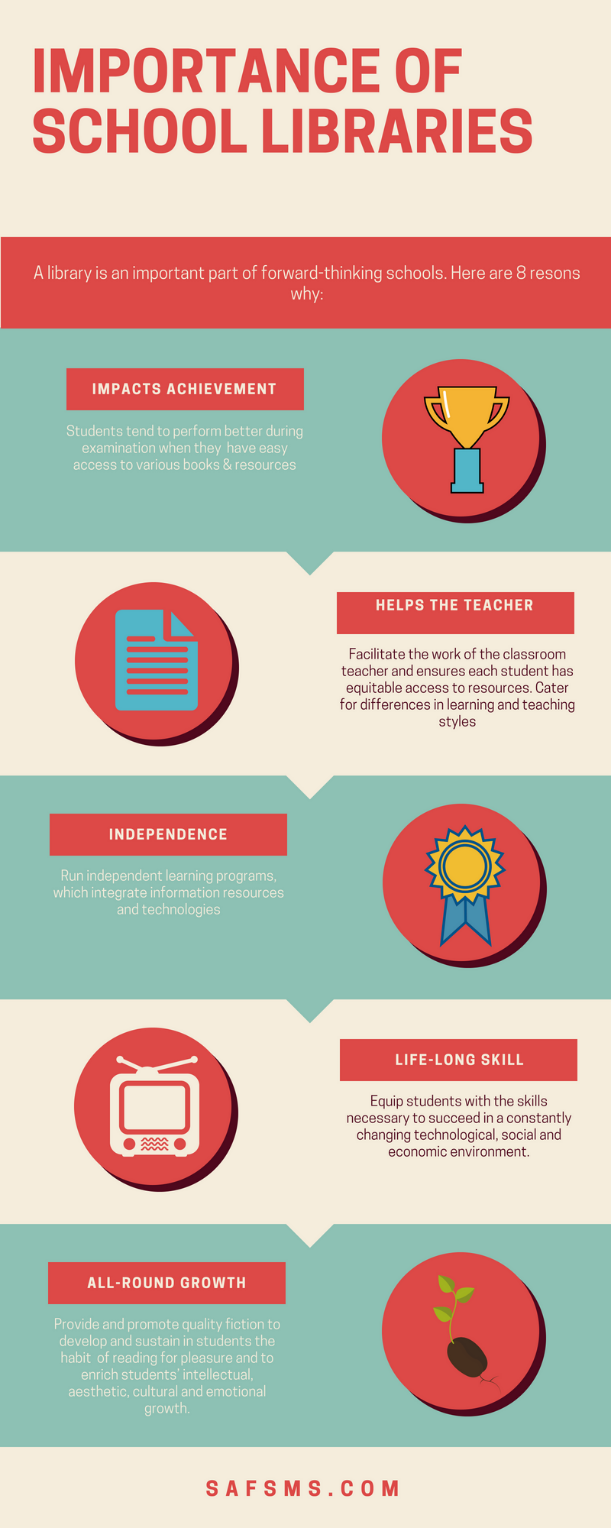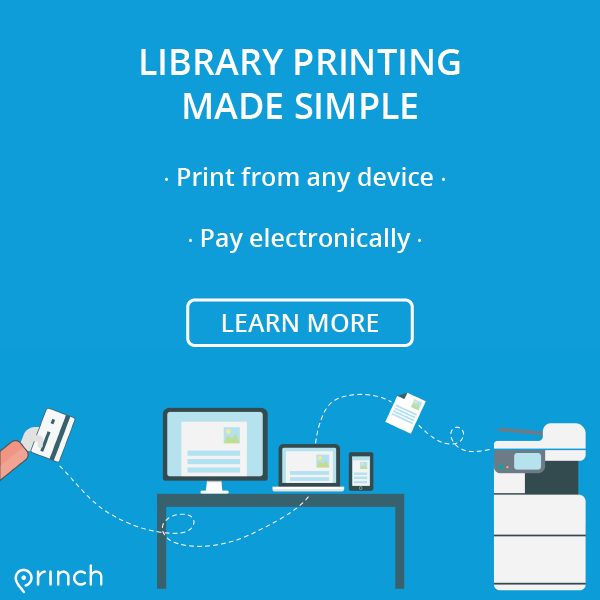Student libraries are educational centers that fuel students with academic resources, working spaces and the opportunity for self-development. They also encourage thinking processes, creativity, and inquisitiveness. This week’s blog post will dive deeper into whether student libraries have a real impact on academic success and if yes, how exactly are they boosting the academic results?
Learn the key aspects of Princh! Watch our on-demand demos at your convenience and see what makes Princh such a simple solution. Watch our demos here.
To start researching this topic, the first question to be answered is:
What is the overall purpose of academic libraries in the higher education field?
The role is to provide students with any type of informational resources: physical and digital textbooks, references, and periodicals. This role extends to librarians providing guidance and tutoring for the students’ upcoming academical projects (e.g., master and doctorate degree). Librarians are integrated in several academic activities to help students, such as referencing and research consultations.
Thus, student libraries focus on fully supporting their visitors with facilities for advanced study and research work.
These learning centers also allow the students to use individual or group learning workspaces and areas. Investigations of student library usage have found that the primary usage of academic libraries is individual focused learning, meaning that there are a lot of students who prefer to have their personal working area in their college library.
Another major focus is information literacy instruction, which is the ability to identify, locate and access appropriate sources of information to meet the information need. A lot of American libraries are employing a person with the sole responsibility to instruct others. Information literacy is an important skill, especially in a learning environment since it is considered the foundation for independent and lifelong learning. It teaches students how to sort and use information effectively.
The correlation between libraries and academic success
There is promising evidence that suggests that academic libraries contributions have a positive effect on student success. These studies point out that students who used the library in some way had higher levels of academic success than the ones who did not: “Prepared by contractor Quantitative Resources, this study linked higher student achievement with school libraries that are flexibly scheduled, frequently used by students, and involved in summer reading programs.” Moreover, library research consultations boost student learning, confidence, and GPAs. There is valuable evidence suggesting that academic libraries can also have a positive impact on other areas like student retention, engagement, and learning.

How exactly do libraries help students?
Why does this correlation exist and how do libraries boost student engagement and success?
Most of the student libraries provide students with tutoring support which is a fundamental tool in terms of academic guidance and assistance. This process implies one person giving individual or group instructions on project direction, learning paths, information resources, and any other academic problems that the student might encounter. Moreover, the tutor’s responsibility is to not only have content knowledge but also communication skills, empathy, and honesty. Since the mission of helping students includes not only communicating the needed information to them but also building trust so they will be open to the academic library services, it is important that the tutoring librarians are instructed accordingly. There are several benefits that come with appropriate tutoring, which lead in return to higher student success levels.
First, it encourages higher level of thinking and increases motivation to learn as the tutor directions encourage the use of creativity and innovation. Other benefits of tutoring are increased subject knowledge and attitude towards subject area as well as motivation towards self-paced and self-directed learning.
The combination of physical elements: quiet individual or group working areas, textbooks, digital elements, and psychological ones (tutoring support, literacy instruction) help students perform advanced research and projects, boost their self-confidence and consequently improve their academic performance and personal growth.
Academic libraries offer many benefits to colleges/universities as well. They increase positive student interaction and provide colleges with the opportunity to reinforce student instruction, by making them more open to academic help. Moreover, student libraries improve educational climate since they perform different academic activities guided by values like equal opportunity for self-development, creativity, and personal growth.
How can libraries continue to help students?
As mentioned earlier, an investigation related to the usage of academical libraries by students revealed that the main activity performed at the library is individual focus, meaning that students are primarily going to the academic library to study alone. Moreover, the research has also showed that these clearly defined individual work areas are occupied at twice the rate of open seating on average. This means that an important aspect for students is the availability of individual work areas, hence every academic library should also focus on these areas. The first suggestion for academic libraries is to prioritize and create individual working spaces for students such as individual learning rooms which can be booked and minimize the open desk areas while providing enough distance between the desks so the library visitors can have more intimacy and a larger space for studying.
Another suggestion for academic libraries is to continue the digitization of the academic material as the use of electronic resources has seen an increase, especially during COVID-19 times. Thus, academic libraries should aim to have more electronic collections, textbooks, and research material to provide increased accessibility to their students and visitors.
Last actionable tip is to continue focusing on embedded librarianship, meaning to include librarians into academic activities such as course management and research direction or consultation. Since the world has been facing physical restrictions, it is important that library resources and staff are integrated in the digital courses as well.
Sources used
http://oaji.net/articles/2017/1201-1529748925.pdf
http://eprints.rclis.org/11956/1/Microsoft_Word_-_Prasanna_2.pdf
http://www.ala.org/tools/research/librarystats/bowker04
http://www.ala.org/acrl/sites/ala.org.acrl/files/content/issues/value/findings_y3.pdf
http://southcentral.edu/tutor_training/module1/index.html
https://www.gensler.com/research-insight/gensler-research-institute/future-of-the-academic-library
Madalina Chelaru
Madalina is a content writer for the Princh Library Blog. Princh, which is a printing solution designed specifically for and with public libraries, makes a consistent effort to provide advocacy for libraries and library professionals. The Princh Blog discusses library specific topics that inform their readers of library trends, insights, technologies and more.
Recent posts
Green Libraries: How Sustainable Design is Shaping the Future of Public Libraries
In this week's Princh Library Blog post, recurring guest writer Sam L. Bowman discusses an ever so important topic: sustainable design and [...]
Librarians Supporting Digital Literacy in the Community
In this week's Princh Library Blog, Nina Grant covers why digital literacy is important, the variety of ways in which librarians are supporting [...]





Leave A Comment